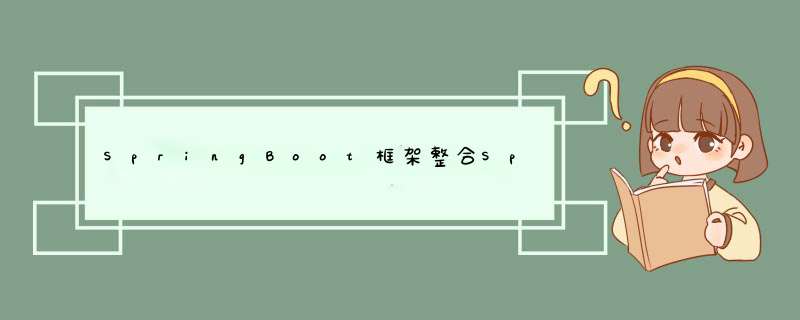
Controller层是接收用户访问的url信息,再将获取到的内容发送到其他层级进行处理,处理完成后返回新的url,使用户得到想要查询或是其他 *** 作的页面。
Service层@Controller
@RequestMapping("/goods/")
public class GoodsController{
@Autowired
private GoodsService goodsService;
@RequestMapping("doDeleteById")
public String doDeleteById(Long id) {
goodsService.deleteById(id);
return "redirect:doGoodsUI";
}
Service层是数据的过渡层,包含接口和实现类,主要作用是接收Controller层传递的参数,进行数据合理性检查等 *** 作,检查通过再将信息传递到Dao层。
Dao层@Service
public class GoodsServiceImpl implements GoodsService {
@Autowired
GoodsDao goodsDao;
@Override
public int deleteById(Long id) {
if(id==null || id<1) throw new IllegalArgumentException("id值无效");
int rows = goodsDao.deleteById(id);
if(rows == 0) throw new NoSuchElementException("记录可能已经不存在");
return rows;
}
Dao层的作用就是实现一些增删改查的数据库 *** 作,根据Service层传递的参数进行指定的数据库 *** 作。
@Mapper
public interface GoodsDao {
@Delete("delete from tb_goods where id = #{id}")
int deleteById(Long id);//基于id执行商品数据的删除 *** 作返回的:影响行数
int deleteObjects(Integer...ids);//...表示可变参数类型,基于多个id删除商品信息
//查询所有商品
@Select("select id,name,remark,createdTime from tb_goods")
ListfindObject();
@Insert("insert into tb_goods (name,remark,createdTime) valuws(#{name},#{remark}.#now())")
int insertGoods(Goods entiry);
}
欢迎分享,转载请注明来源:内存溢出

 微信扫一扫
微信扫一扫
 支付宝扫一扫
支付宝扫一扫
评论列表(0条)